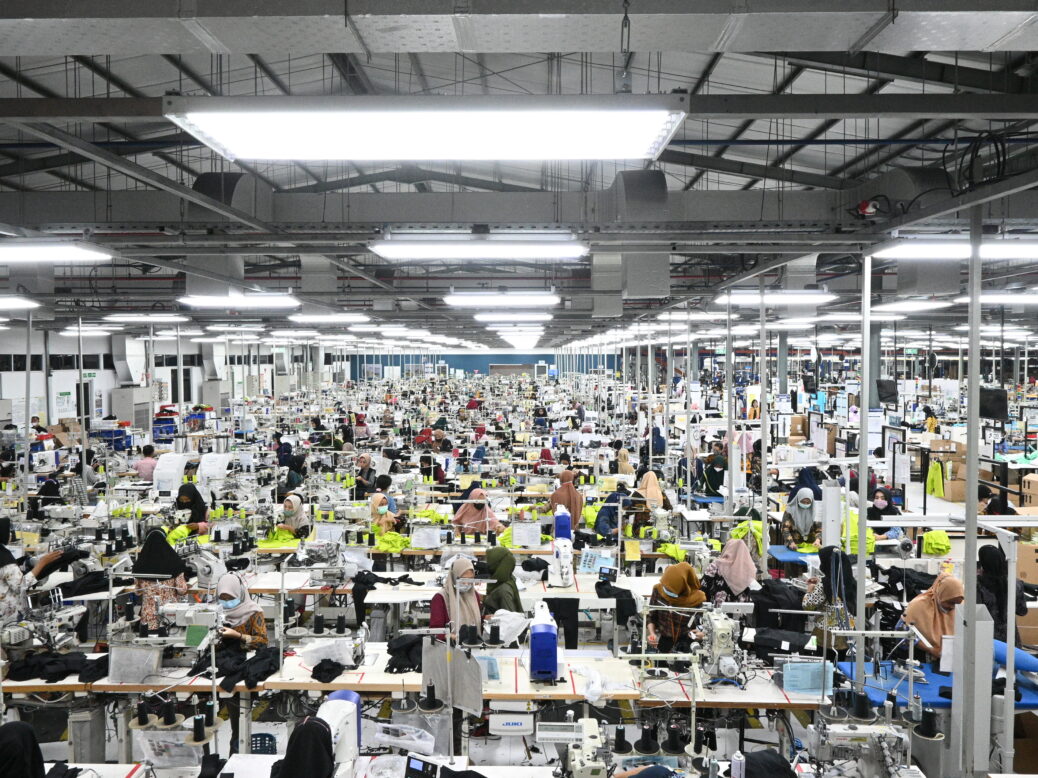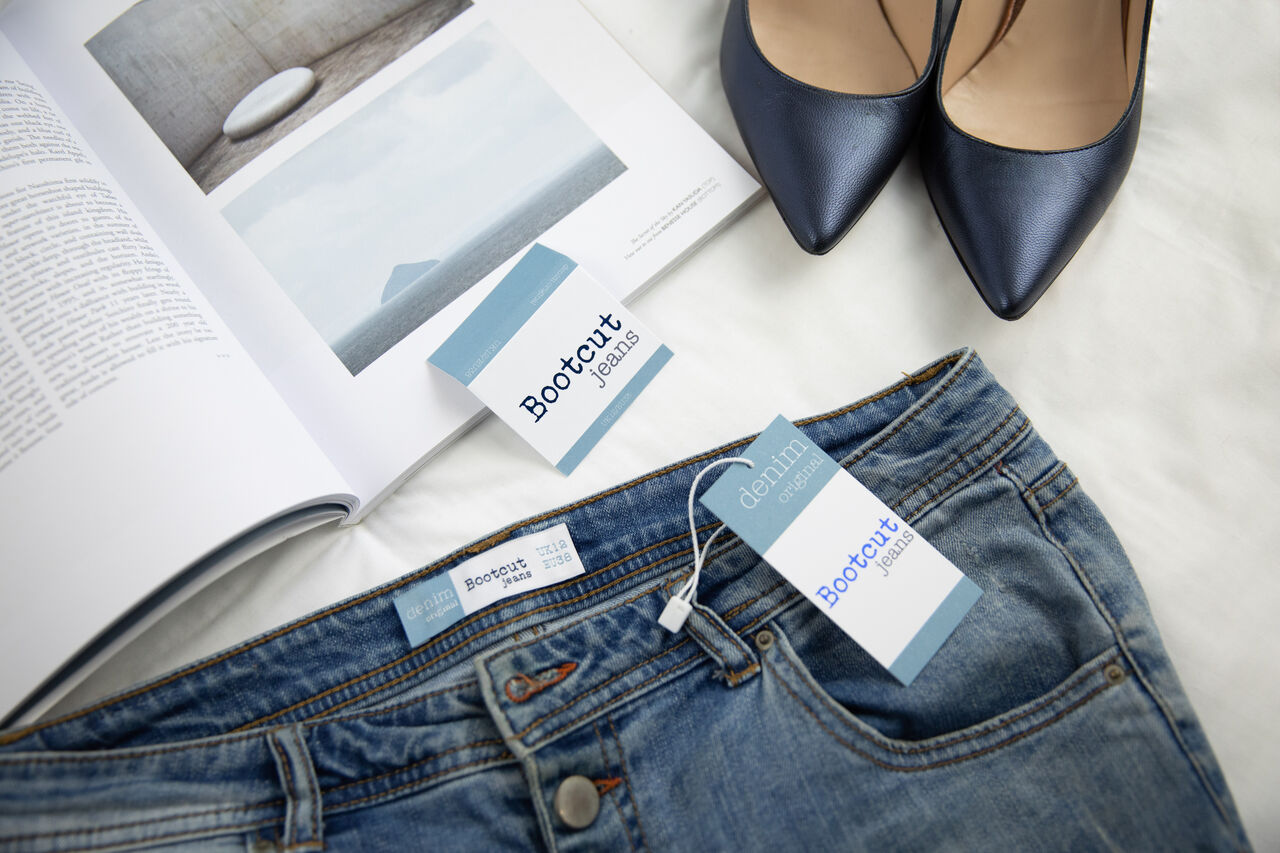
Shenzhen, the largest manufacturing hub within Guandong, has told all factories that are not involved with essential services to pause production as China looks to employ a zero-Covid policy.
Brands including Adidas, Nike and Fast Retailing’s Uniqlo among others all source goods from factories in Shenzhen. None of the brands responded at the time of press on how the closures would impact them but Dr. Sheng Lu, Associate professor of fashion and apparel studies at University of Delaware, says he is “concerned” of the potential impact of China’s zero-Covid policy on the apparel and textile industries.
17m residents in Shenzhen have now been placed in lockdown measures according to The Guardian, as cases doubled over 24 hours with nearly 3400 cases reported on Sunday 13 March.
Staff across the city are required to undertake nucleic acid testing as the local government looks to curb the outbreak.
“Except for public service enterprises such as water, electricity, fuel oil, gas, communications, sanitation, grain, oil, meat and vegetable supply that guarantee citizens’ lives and the basic operation of the city, as well as the supply enterprises in Hong Kong, all enterprises will work from home and suspend production and business activities,” reads a statement from the local goverment.
All other non-essential businesses, premises and stores will be closed and the city’s buses and subways are suspended from 14-20 March and will be adjusted in accordance with how the situation progresses.
Elsewhere, Jilin city has been partially locked down and Yanji has been fully closed off.
China remains an integral part of the clothing supply chain despite many sourcing executives noting their desire to lower their reliance on the nation following the upheaval of Covid-19 and the impact – particularly to US brands – of rising tariffs.
According to data from the US Office of Textiles and Apparel, as analysed by Just Style, in 2021, China’s share of US apparel imports grew for the first time since 2017 to 37.76%, up 4.9% year-on-year.
It holds the lion’s share of the US apparel market, the next largest market share held by Vietnam at 14.84% in 2021.
Dr Lu says: “We have recently seen more frequent and widespread COVID-related lockdowns and production suspensions in the country. Shenzhen will not be the last city to halt operations, and a bigger problem is we don’t know who will be the next and when. Business hates uncertainty. In particular, fashion apparel is a seasonal product, meaning even a short-term production or shipping delay could have significant financial implications for the entire supply chain.
“Overall, the prospect of China as an apparel sourcing base for western fashion brands and retailers will remain a hot topic this year.”
China has been named as having the most self-sufficient apparel and textile supply chains in the world in terms of what it outputs versus the amount of each commodity it imports, according to a supply chain vulnerability index published by Just Style.
According to Comtrade data, China imported US$21.05bn worth of textile raw materials in 2020, while exporting $70.61bn, leaving it with a trade surplus of $49.55bn. In terms of finished garments, China exported $238.33bn worth, while importing $15.66bn, resulting in a surplus goods balance of $222.67bn for 2020.
For decades China has been the go-to for apparel sourcing. The country’s low per-unit cost of apparel and highly skilled workforce together with its vertically integrated supply chains leave it virtually unrivalled.
Together with this, China is a major supplier of textiles, including cotton and is responsible for 80% of the world’s cotton production.




